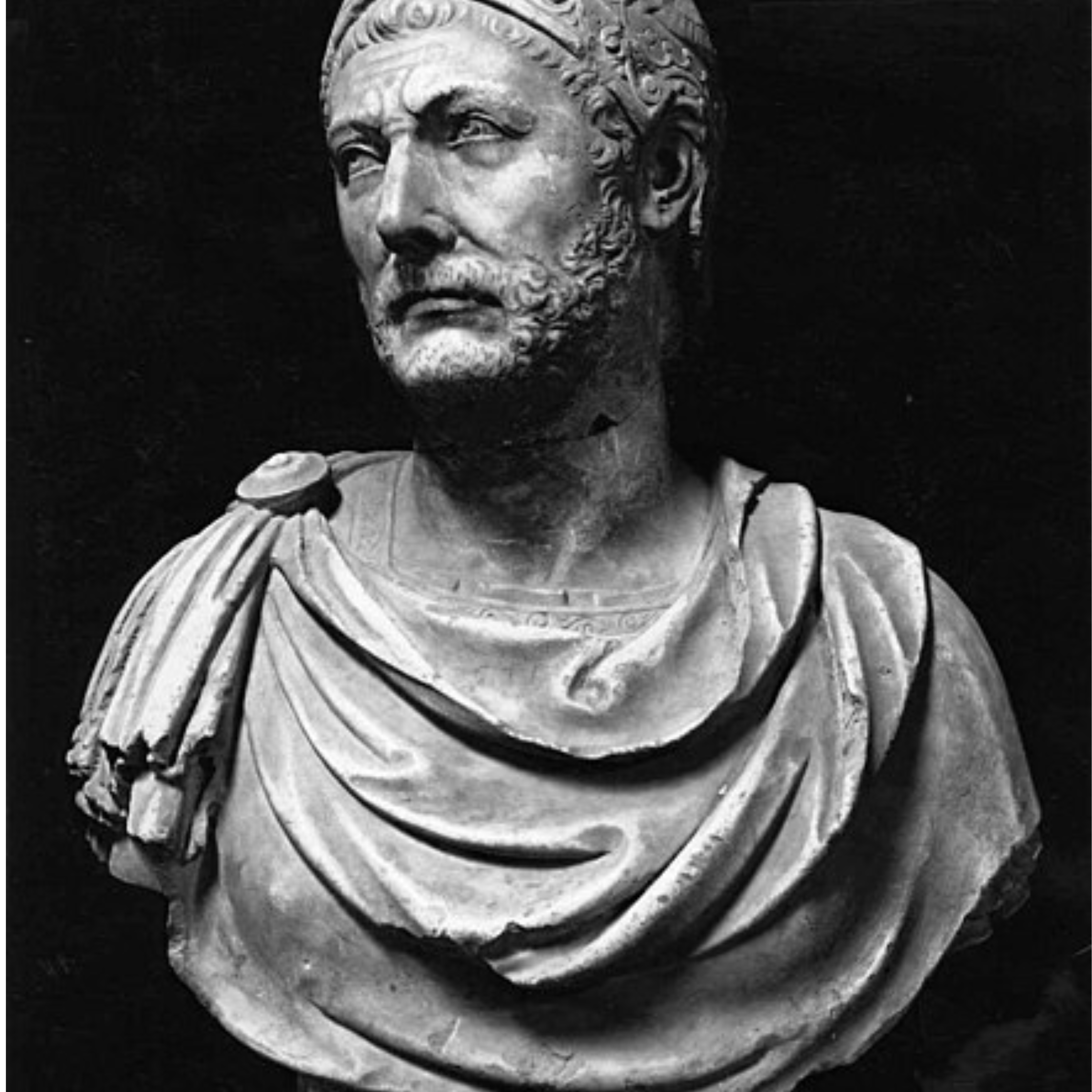
Hannibal Barca and the La Tène Celts
The name Hannibal Barca conjures images of daring campaigns, strategic brilliance, and defying the seemingly invincible Roman legions. His early victories in the Second Punic War remain a historical enigma: how could Carthage, primarily a naval power, achieve such dominance on land? The answer lies not solely in Hannibal’s undeniable genius, but in a surprising source of inspiration: the La Tène Celts, whose influence on his military philosophy remains remarkably under-explored.
Crafted for Maneuverability: Unveiling the La Tène Chariot’s Legacy
Renowned for their exquisite metalworking, the La Tène culture, flourishing across Europe during the 5th to 1st centuries BC, possessed a distinct and dynamic approach to warfare centered around their innovative chariot designs. Unlike the cumbersome chariots used by other cultures, La Tène designs prioritized swiftness and agility. Spoked wheels, lightweight construction, and skilled driving techniques enabled rapid deployment, flanking maneuvers, and swift retreats – tactics that instilled fear and disruption in enemy ranks. This emphasis on mobility contrasted starkly with the static Roman formations, providing a clear tactical advantage on the battlefield.
Beyond the Chariot: A Symphony of Celtic Warfare
However, La Tène warfare wasn’t merely about chariots. A crucial element was skirmishing tactics, employing javelins and slings to harass and weaken enemy formations before the chariots charged. This multi-pronged approach, combining ranged attacks with swift chariot maneuvers, aimed to sow confusion and create opportunities for decisive close-quarter combat with highly skilled warriors. Their battlefield tactics were dynamic and adaptable, in stark contrast to the Roman reliance on disciplined infantry formations, highlighting the innovation and strategic thinking embedded in Celtic warfare.
Whispers Across the Mediterranean: A Crucible of Cultural Exchange
Intriguingly, evidence suggests significant cultural exchange between Carthage and Celtic regions in the centuries preceding the Second Punic War. Trade routes, mercenary contracts, and even diplomatic missions fostered connections, exposing Carthaginians to Celtic military practices. Given Hannibal’s upbringing and training within such an environment, his familiarity with these Celtic tactics becomes highly plausible. He might have witnessed Celtic warriors firsthand, observed their battle strategies, and even interacted with them, directly absorbing their military knowledge and adapting it to his own context.
Echoes in the Alps: The Shadow of Celtic Strategies
While attributing Hannibal’s genius solely to Celtic influence would be an oversimplification, the undeniable parallels between his strategies and those of the La Tène Celts raise intriguing possibilities. His audacious crossing of the Alps, often viewed as a desperate gamble, takes on a new light when considering the impassibility of the terrain for traditional Roman formations. The mountainous landscape, however, offered the perfect proving ground for Hannibal’s swift, adaptable tactics, reminiscent of the Celts. His use of flanking maneuvers, spearheaded by his elite Numidian cavalry, mirrored Celtic strategies, while chariots, though not as prominent, played a crucial role in disrupting Roman formations and sowing fear among the ranks.
Decisive Battles: Showcasing the Celtic Influence
Several key battles during the Second Punic War exemplify Hannibal’s masterful adaptation of Celtic tactics. At Trebia, his use of cavalry and elephants to disrupt the Roman flanks, reminiscent of Celtic chariot charges, led to a decisive victory. Similarly, at Lake Trasimene, he lured the Roman army into a valley, ambushing them from hidden positions using flanking maneuvers and skirmish tactics, echoing the strategies of Celtic warriors. Perhaps the most iconic example is Cannae, where Hannibal skillfully encircled the Roman army, utilizing his mobile forces to exploit their rigid formations and inflict catastrophic losses. In these battles, the echoes of Celtic influence resonated through Hannibal’s tactics, playing a crucial role in his early successes.
Beyond the Battlefield: A Legacy of Adaptation and Interconnectedness
The story of Hannibal Barca and the La Tène Celts transcends a mere historical footnote. It underscores the interconnectedness of cultures across vast distances and time periods. It highlights the adaptability of great minds, showcasing how Hannibal took inspiration from other cultures and adapted their strategies to his own context. Moreover, it shines a light on the enduring legacy of innovation in warfare, reminding us that military tactics continuously evolve through cross-cultural exchange and adaptation.
Exploring the Depths: Further Research and Open Questions
While significant scholarship exists on Hannibal and Celtic warfare, the potential for further research remains vast. Unearthing new archaeological evidence, analyzing ancient texts through a Celtic lens, and conducting detailed comparative studies between Celtic and Carthaginian military practices can offer deeper insights into the true extent of the La Tène influence on Hannibal’s strategies.
Ancient Texts Through a Celtic Lens: Analyzing historical accounts like Polybius’ Histories and Livy’s Ab Urbe Condita Libri, traditionally interpreted through a Roman perspective, with a focus on potential Celtic influences could reveal new nuances. Identifying similarities in terminology, descriptions of tactics, and even cultural references might shed light on the extent of knowledge exchange between Carthage and Celtic regions.
Comparative Studies: Conducting in-depth comparisons between Celtic and Carthaginian military practices, including troop organization, weaponry, and battle formations, can provide concrete evidence of potential similarities and adaptations. Analyzing archaeological finds like chariot remains, cavalry equipment, and skirmish weapons from both cultures can further strengthen the connection.
Conclusion:
Hannibal Barca’s legacy as a military mastermind is undeniable. However, by recognizing the significant influence of the La Tène Celts on his tactics, we gain a richer understanding of his genius. It wasn’t just about individual brilliance; it was about his ability to adapt, learn, and integrate diverse influences into his own strategic vision. The story of Hannibal and the La Tène Celts reminds us that innovation often arises from the cross-pollination of ideas and cultures, and that true understanding of historical figures requires us to look beyond the surface and explore the complex tapestry of influences that shaped their achievements.
Resources
Polybius Histories:https://www.perseus.tufts.edu/hopper/
La Tène Culture: https://en.wikipedia.org/wiki/La_T%C3%A8ne_culture
Hannibal Barca: https://www.livius.org/sources/content/livy/livy-on-the-first-punic-war/






